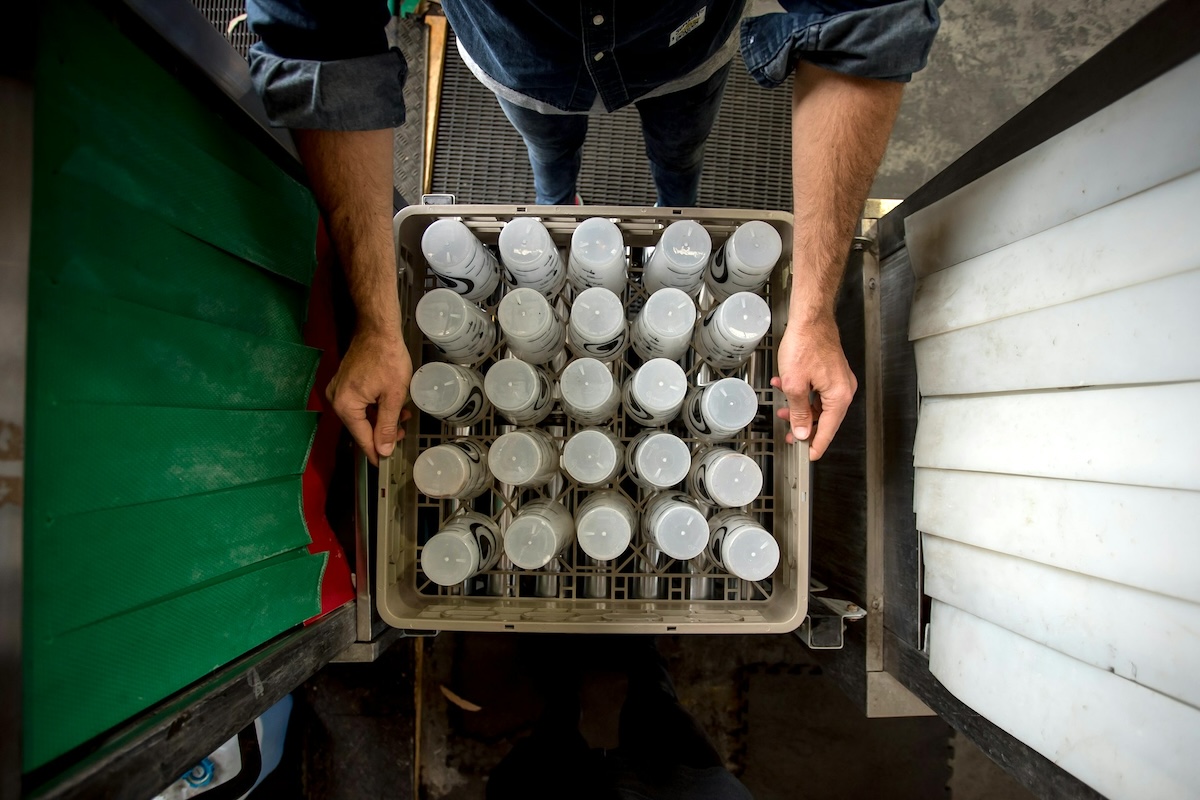What would you and your event stakeholders say are the biggest event sustainability problems? And how do we start to solve them? Following are six sustainability issues that are common to many events, including possible objectives you may want to set, best practices you could follow and tools you can employ when addressing them through an event sustainability plan.

These issues are important, as they can be easily overlooked when seeking a quick story about how an event is “green”. After all, reducing paper often comes naturally, while eliminating food waste takes a bit more planning. Yet pausing to inventory sustainability issues in the early stages of organizing an event helps us move “beyond green” to identify valuable opportunities for improved efficiency, enhanced experience, increased satisfaction and reduced cost and risk.
Health and Safety
Security of event participants is always paramount in event professionals’ minds, but is not mentioned in an event sustainability plan as often as eliminating bottled water. Yet a single, minor breakdown in safety procedures can devastate an event and its participants.
• Possible objective: Provide a safe environment for event staff and participants. Target: 100% of emergency response incidents assessed for proper risk management and action. | Target: Zero fines or citations for contravening local health and safety laws.
• Best practices: Onsite emergency plan, risk-management plan.
• Tools to use: HSE Safe Event Guide, ActSafe, The Purple Guide.
Accessibility and Inclusion
There are many barriers that can marginalize event participants: venue and experience design, affordability, access to technology and cultural, racial, gender and other differences. Failing to attend to access and inclusion-related issues can limit registration, engagement and event growth, and impact satisfaction.
• Possible objective: Reduce or eliminate complaints related to event access and inclusivity. Target: Zero complaints.
• Best practices: Codes of conduct, scholarship or bursary programs, virtual and hybrid event strategies, translation and accessibility services onsite at events.
• Tools to use: Codes of conduct, MPI Virtual Event Portal, Meetings and Events Australia Accessible Events Guide, Ontario Accessible Events Guide, Alberta Human Services: Making your Event Culturally Inclusive.
Fairness
From hotel worker labor disputes to the use of unpaid labor, misuse of public funds for meetings and events, and purchase of fair trade items, the event industry has been targeted for fair practices. Exploring fairness as an aspect of event sustainability involves sometimes difficult discussions about equity and appropriate compensation for those impacted by what we do.
• Possible objectives: Eliminate use of any product that benefits from child labor. | Eliminate use of any products and services that benefit from forced or compulsory labor. Target: 100% compliance.
• Best practices: Developing and integrating fairness policies into purchasing, hiring and contracting.
• Tools to use: Fair Labor Association, Fair Labor Standards Act: Volunteers, Fair Trade product directories.
Carbon Emissions
A four-day national tradeshow can cause 850 kg of emissions per in-person participant. That’s equivalent to burning two barrels of oil. A participant enjoying the same event’s virtual environment may emit fewer than 2.5 kg of emissions: less than 1% of a barrel of oil.
The choice for experience designers is clear: low-carbon, hybrid meetings contribute significantly less emissions. But do they deliver intended outcomes? Finding the balance is a key event sustainability challenge.
• Possible objectives: Reduce onsite carbon emissions. Target: 10% reduction in total onsite emissions.| Reduce carbon emission intensity per event participant by growing participation virtually. Target: 20% reduction in per participant emissions.
• Best practices: Select destinations that have high renewable energy use and do not require shuttles; use venues that practice energy efficiency; promote transit use and ride-sharing; zero-waste event plan.
• Tools to use: Energy.gov, MPI Virtual Event Portal.
Solid Waste
The average conference participant produces 0.64 kg of landfill at event venues each day. Food waste is a particular challenge, and can comprise over of 40% of an event waste stream. In addition, tenting, carpet, vinyl, adhesive and polystyrene are common non-divertible event materials that can be left behind.
• Possible objective: Reduce onsite landfill. Target: Zero waste to landfill.
• Best practice: Reduce use of disposable event materials; develop a zero-waste event plan.
• Tools to use: WRAP Zero Waste Event Plan, NRDC Guide to Composting at Sporting Venues, Earth 911 Recycling Guide.
Pollution
From cleaners, to paint, graphics, generators and portable toilets, many of the products we use at events have pollution risks. Some events are also particularly sensitive to pollution where held in sensitive environments such as parks, or near watersheds.
• Possible objectives: Prevent water pollution at the event. Target: Zero spills, zero fines/citations.
• Best practice: Use environmentally-certified cleaners, purchase organic food.
• Tools to use: Pollution Prevention Programs for Accommodation and Catering (Environment Canada), Pollution Prevention Resource Center (USEPA)
In Conclusion
There are many sustainability challenges facing the event industry. Some, however, are more important and relevant to certain events than others.
To prevent wasting resources on superficial efforts that are less material, or over-selling green efforts that have little impact, stop and ask which issues are most important to you, your staff, vendors, attendees, sponsors and other stakeholders. Learning about what issues you mutually care about can present critical opportunities to improve your event.





